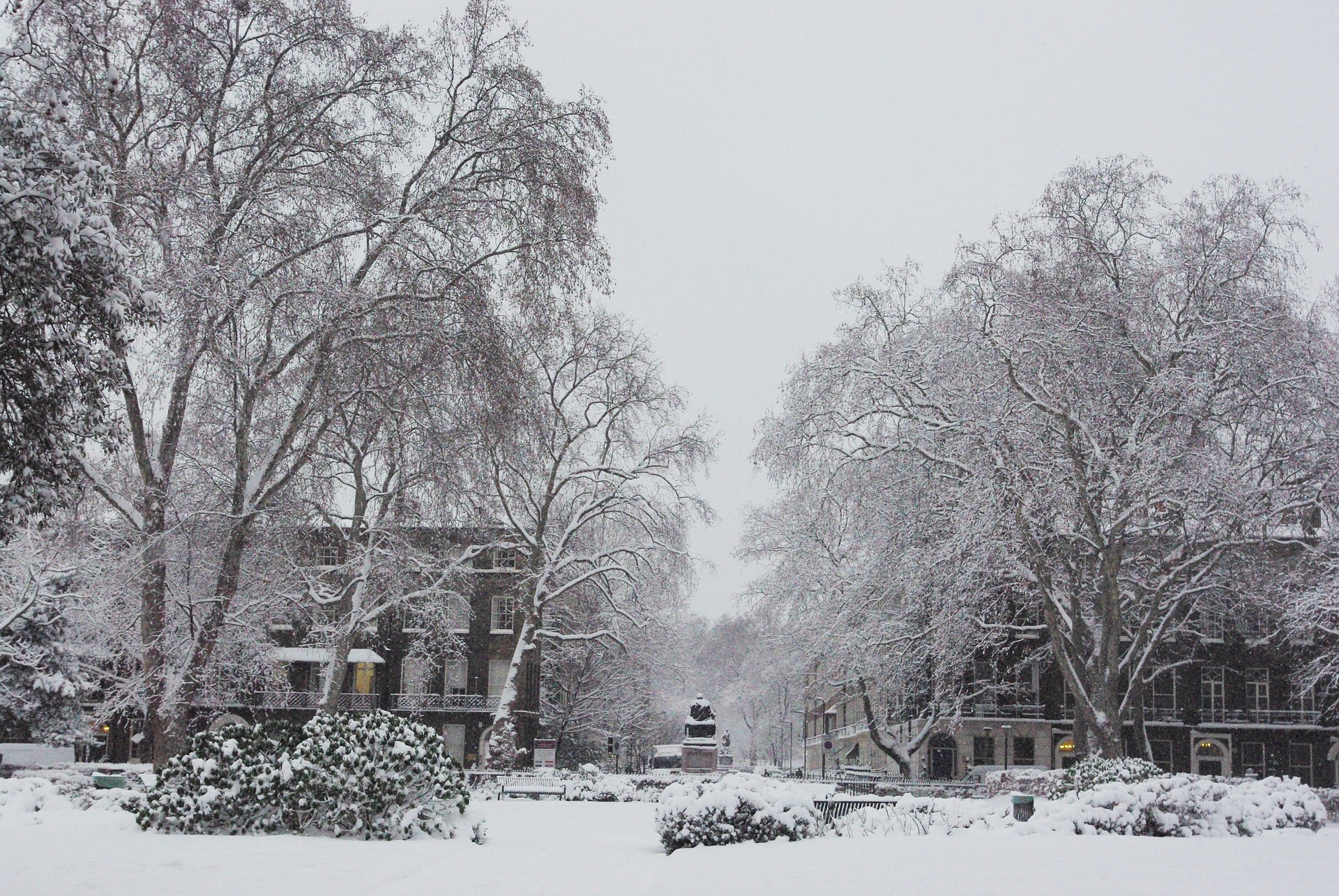After a heavy snow fall, conditions can be hazardous. Follow our advice to help keep yourself safe and protect your home and car.
Driving safely in the snow
- If possible, delay your journey and give yourself longer to reach your destination.
- Allow extra time to prepare.
- Pack your emergency kit: a shovel, warning triangle, torch and batteries, blanket, de-icer, mobile phone and charger, breakdown membership card, flask with hot drink, tow rope, thick cardboard or material (for traction), outdoor clothes and sunglasses (for glare).
- Fully clear your windows and remove snow from the roof and bonnet. Thaw frozen locks with WD-40.
- Tell someone where you’re going and your proposed route. Try to keep to main roads that are gritted.
- Give yourself longer to reach your destination.
- If your car is slow starting, turn the ignition in five-second bursts with 30 seconds in between to preserve your battery.
- Listen for unusual engine noises. A continuous squealing could mean your water pump or cylinder block is frozen. Turn off the engine until it’s fully thawed.
- Pull away in second gear, gently easing off the clutch to avoid wheel-spin. “Manual” or “Winter” modes are best on automatic cars.
- See and be seen when driving. Keep your windows clear (using the air-conditioning) and use dipped headlights. Only use fog lights in very poor visibility.
- Stopping distances are 10 times longer in ice and snow so drive slowly and keep your distance from the car in front.
- Skidding is less likely if you drive slowly in the highest possible gear, braking gently. If you do skid, ease off your accelerator or remove your foot from the brake and steer gently into the direction of the skid until your tyres regain grip.
- If you get stuck, straighten your steering wheel and shovel the snow clear from your tyres. Then place old sacks or blankets down next to your tyres for grip. You can also spread some salt down to aid this. Drive away slowly in second gear. If completely stuck, call your breakdown service. Ensure your exhaust pipe is clear and stay inside or close to your car while you wait.
Dealing with problems inside your home
- If a pipe freezes, act quickly to stop it bursting. Turn off the water, run the taps to drain the system and locate the blockage (call a plumber if you have difficulty) then thaw with a hot water bottle or hairdryer.
- If your pipe bursts, turn the water off immediately, drain the system and switch off all electrics and call a plumber.
- If water leaks from your ceiling, turn off your water. Using a screwdriver, pierce any bulges, allowing water to escape into buckets placed underneath. Leave doors and windows open to speed drying and help prevent mould.
- Don’t forget to photograph damage to help if you need to make a claim.
Dealing with problems outside your home
- Keep paths and driveways clear to prevent accidents. Avoid using water, which could turn to ice. Try salt, and sprinkle ash or sand to add grip.
- Help keep pavements safe by clearing the area outside your home.
- Remove snow from low roofs with an extendable brush to stop it sliding off and causing injury.
- Take care of your pets by ensuring their water isn’t frozen, they’ve extra food and are warm and dry. Leave food for birds and break the ice on ponds.


